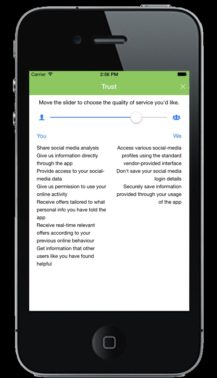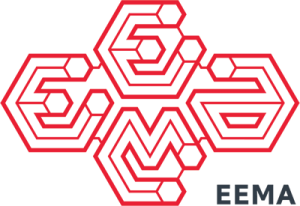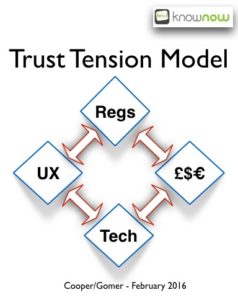Part 1: The Story So Far
For smart cities to be considered a success they will have many different types of services e.g. for health, mobility, energy, and crime. How services are delivered, measured, and valued will be transformed and citizens will now consume experiences and share most things that were previously owned. It will just make sense that way. However, there is a big assumption in this futuristic view. Consent.
What’s the big assumption?
The assumption is that citizens will have allowed some quite personal information to be consumed, shared, and distributed. Yet, this laissez-faire view does not necessarily work for all. In particular, when it comes to the European countries with the new GDPR, a growing number of citizens are hesitant about sharing their data freely, according to the latest MEF report some 41% of citizens have this concern. Yet a total clampdown on personal information use is not appropriate either, because no personal information share means no experiences and no transformed services.
So what is to be done?
The answer is simple, give citizens control over the consent on how their data is used. This will require two components:
- A way of regulating user consent
- A method of demonstrating how consent has been used
Why is this so important?
Consent is one of the key elements of trust. If a user trusts a provider they will exchange their personal data. A stretch aim of KnowNow is to eradicate the 20+ pages of terms and conditions the world ignores anyway.
How KnowNow Information uses an open consent framework
In the EIP Webinar for Citizen Focus: Addressing Privacy in Smart Cities I set out to explain KnowNow’s approach to this challenge. The motivation was not born out of a legislative response but as a desire to better cement the relationship we had with our end users for a new

app we designed as part of the Cognicity Challenge. The one part of the app we got great feedback on was our ‘Trust Slider’ (image left).
The feedback was mainly from concerned experts in the security and identity industry. I was invited to a number of events organised by EEMA to get more feedback and present the idea to the wider community. So far so good in terms of positive vibes about our innovation. However, the ever-fluctuating state of the GDPR status proved something of a deterrent in terms of unlocking the purse strings of an investor.
What is interesting is that despite the growing user demand for personal data management solutions that they can trust, the market is not putting cash into this sector… Yet. The other motivation was to see if what KnowNow created would be open, interoperable, and standards-based. Plus, we saw the future was not in protecting the idea but in promoting the concept as a standard. KnowNow just happens to be the first provider.
Serendipity

This is where serendipity intercedes and three great moments occur.
Firstly, as a result of an earlier innovation with the European Innovation Partners, I was plugged directly into the work that Antonio Kung was leading on PriPare.
The second was the UK’s Digital Catapult setting up of the Trust Framework Initiative, which evolved the Privacy & Data Trust Network (PDTN). From this, a forum on ‘Consent’ was born. In this team, I met fellow concerned engineers with a common purpose. In particular Mark Lizar and his consent framework.
What this meant was that whatever KnowNow produced would be measured by how it would comply or fit into an agreed framework. This makes interoperability and future growth so much easier if we comply.
The third was being introduced to Richard Gomer via my University of Southampton links.

Richard was also working in the consent space. Richard was part of the consent discussion at the PDTN. You see what was missing from the original KnowNow ‘Trust slider’ was the actual wording for how consent could be granted. Wording that was meaningful, usable, and understandable. Richards’ expertise and ownership of the user interface aspect of the innovation make Richard a co-creator of this new KnowNow service.
Trust Tension Model

An additional factor any engineer has to consider is the usability of a service. Trust though is more than just a great user experience. It is about consistently giving your customers great service and being open and honest. Plus as it is a commercial service it needs to make some money.
This is where Richard & I decided we needed to measure and test the concept via some empirical method. This led us to the ‘Trust Tension Model’. The graphic to the left demonstrates the equal tension across four distinct factors – Regulatory compliance – Profitability – User Experience – Technology.
If a great “trust app” is to work it will have to provide solid compliance with a compelling and intuitive user experience that the technology can support without the whole thing costing more than it can earn. But above all, it will need to earn users’ trust.
Thanks for reading Chris.
This blog was adapted from a webinar Chris gave as part of the EIP-SCC Citizen Focus: Citizen-Centric Data Approach.
Author bio
Chris Cooper is the chief convenor of Ideas and Innovation at KnowNow. Focusing on Smart Cities, his passion is taking client requirements and turning these into sustainable, resilient, and usable solutions. A Chartered Engineer and Enterprise Architect, Chris is one of the founders of KnowNow Information.
You can follow KnowNow on Twitter @knownowinfo
Read more blog posts written by Chris Cooper.

Trackbacks/Pingbacks